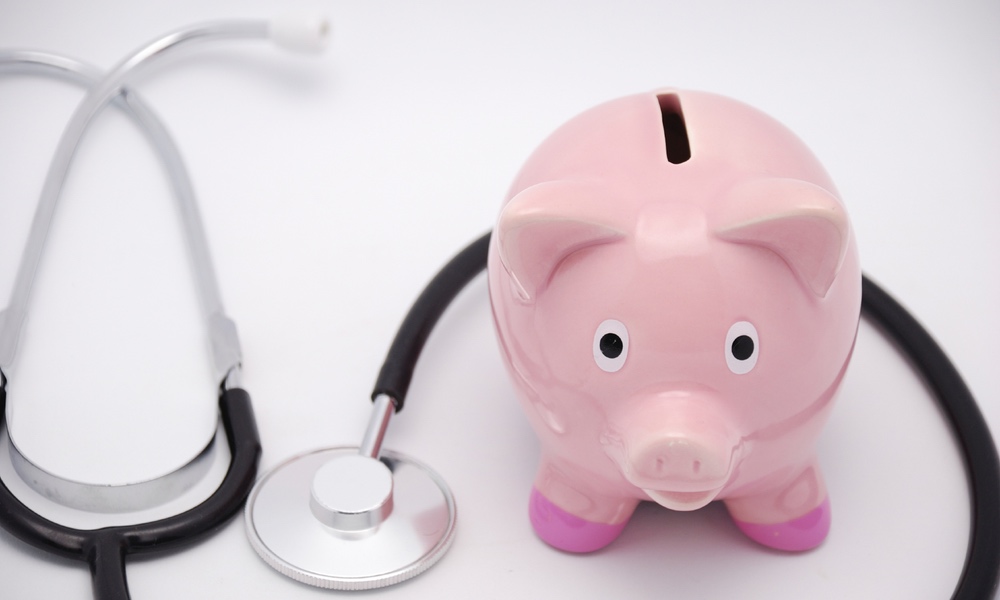Kathryn J. Zerbe, M.D., is Jack Aron Professor in Psychiatric Education and Women's Mental Health, The Menninger Clinic, Topeka, Kansas.
The following are thumbnail sketches of the major treatments available for anxiety and depression. They are meant to serve as a starting point for getting help. You should consult your doctor regarding current drug treatments available.
Psychodynamic Psychotherapy
Psychodynamic psychotherapy helps people explore the long-term sources of depression or anxiety. From its perspective, these involve conflicts and problematic connections with attachment figures, such as parents and long-standing defensive patterns, for example, tending to deny that any conflict exists so as to avoid the often angry or hateful feelings that conflict often produces. In this way, psychodynamic therapy provides "meaning to the symptoms" of anxiety.
Psychodynamic therapy tends to work best with those who are curious to learn more about themselves and develop insight into the unconscious factors that contribute to their problems. Unfortunately, in today's managed care environment, many health insurance plans limit the number of visits to a psychotherapist. Some people may be willing to pay out of pocket, particularly because they may experience a beneficial, synergistic effect between medication and insight-oriented psychotherapy. However, for these economic reasons, it is most frequently the case that psychodynamic treatment is not sought until less expensive, cognitive-behavioral or pharmacological treatments have been found wanting.
Short-Term Cognitive Behavioral Therapies
As their name implies, cognitive-behavioral therapies tend center on changing specific thought and behavior patterns. Generally, the therapist and client will explore the issues bringing the client to treatment and then target some thoughts and behaviors to change. In the treatment of anxiety, various techniques are used, including exercises to relax breathing. Other techniques are cognitive restructuring, which is a systematic effort to correct the faulty thinking that contributes to anxiety (for example, "I have to do [whatever] perfectly or I am a failure"); guided relaxation; and situational exposure or systematic desensitization (in which the person confronts the sources of his or her anxiety in small, increments - for example someone afraid of dogs might begin by imagining a little puppy, then look at pictures of dogs, then touch a puppy, then eventually begin to be in the same room as a dog and so forth).
In the treatment of depression, the emphasis in cognitive-behavioral therapy tends to be on teaching social skills since the low mood of depressed people makes it difficult for them to develop or maintain friendships, as well as the kinds of unrealistic expectations and beliefs that leave one always unable to live up to one's own expectations. It also helps people acknowledge and mourn losses that can underlie depression. Therapy provides a healthy connection to another person which is a safe place to deal with issues of loss, poor self worth, and other personal concerns that get in the way of a fullfilling life. By working with the person's fearful and automatic behaviors thoughts or depressive beliefs and encouraging thoughtful examination and exposure, cognitive behavioral therapies aim to break their grip.
Drug Therapies
There are several highly effective pharmacological treatments for depression and anxiety disorders. The discussions below outline the major antidepressants and anti-anxiety drug types. You should always consult a doctor before taking any of these drugs. In addition, since everyone responds to them differently, you will need to keep your doctor informed of the effects they may have on you so that he or she may monitor your response and adjust your dosage or drug type depending on circumstances.
Antidepressants
Many antidepressant medications are also used in the treatment of anxiety. However, they tend to take longer to achieve their effect than do the anti-anxiety drugs described later.
Selective serotonin reuptake inhibitors (SSRIs)
Selective serotonin reuptake inhibitors, drugs which block the absorption of the neurotransmitter serotonin, are today generally the first-line treatment for depression and anxiety disorders, largely because side effects are limited. Side effects are not non-existent, however. Many people report feeling jittery and/or nauseous when taking them. They may also experience inhibited sexual desire and delayed orgasm. In addition, the SSRIs, and the other antidepressants below, may not take effect for several weeks.
Tricyclic antidepressants (TCAs)
Although developed to treat depression, these drugs can be useful for treating panic disorder, mixed anxiety and depression and generalized anxiety. Side effects include: possible weight gain, sleepiness, constipation and headache.
Monamine oxidase inhibitors (MAOIs)
Also traditionally used for the treatment of depression, these drugs may be helpful in the treatment of various anxiety syndromes, including panic attacks, phobias, generalized anxiety, and social phobia. However, these drugs can cause severe hypertension if taken with red wine, cheese, beer or other foods containing tyramine. Another negative side effect is that they may cause dangerous interactions when taken with certain non-prescription drugs such as certain cold remedies.
Anxiolytic (Anti-anxiety) Drugs:
Benzodiazepines.
High-potency benzodiazepines quickly reduce anxiety to tolerable levels and are often viewed as the first treatment to consider for generalized anxiety disorder, panic disorder and social phobia. Because patients with a history of substance abuse can misuse these effective medications, some doctors do not use these agents when they are appropriate and needed.D However, particularly in an emergency, these drugs are relatively safe and effective, particularly in cases of social phobia or panic attacks. Clonazepam is achieving widespread acceptance for maintenance treatment of the anxiety disorders because of its long half-life and lesser tendency to be addicting than alprazolam. All benzodiazepines should be tapered off slowly. Doctors and family members should always be mindful of the potential for abuse and, therefore, monitor patients' usage carefully!
Azapirones. This newer class of anxiolytics is successfully used in the treatment of generalized anxiety and are primarily effective for generalized anxiety disorder. They are popular because they are non-sedating and do not appear to induce tolerance, physical dependence or withdrawal. They are somewhat less effective, however, than other anxiolytics and must be used for at least one week to achieve effect. Because of their relatively short-acting effect, they are given three times a day.
Beta-blockers. Beta-blockers reduce the experience of anxiety by reducing its symptoms, such as tremors, sweating, and palpitations. They are used most often to treat social phobia and, occasionally, stage fright. Atenolol is generally given once a day and is not likely to cause depression or sleepiness because it does not cross the blood-brain barrier.




